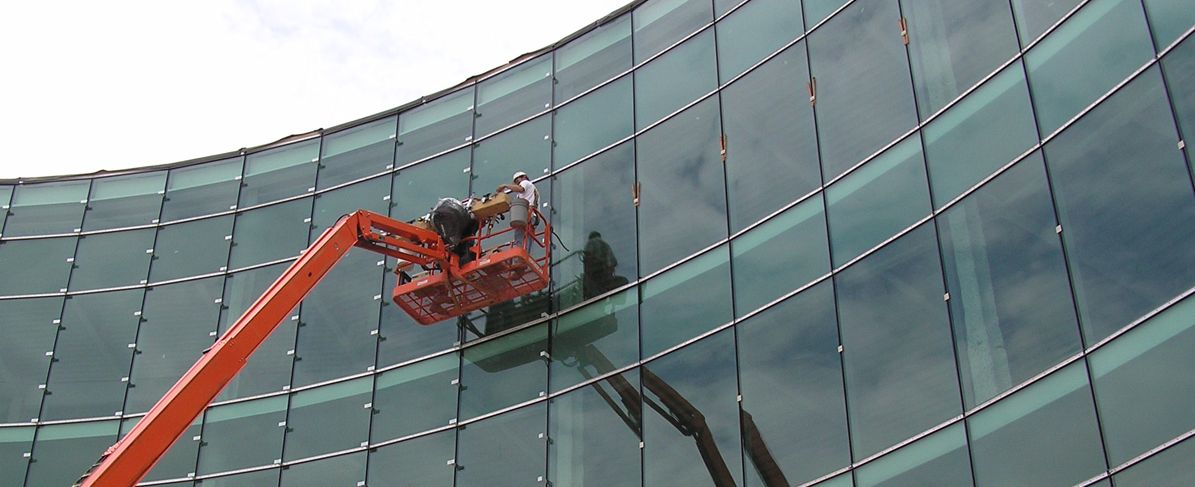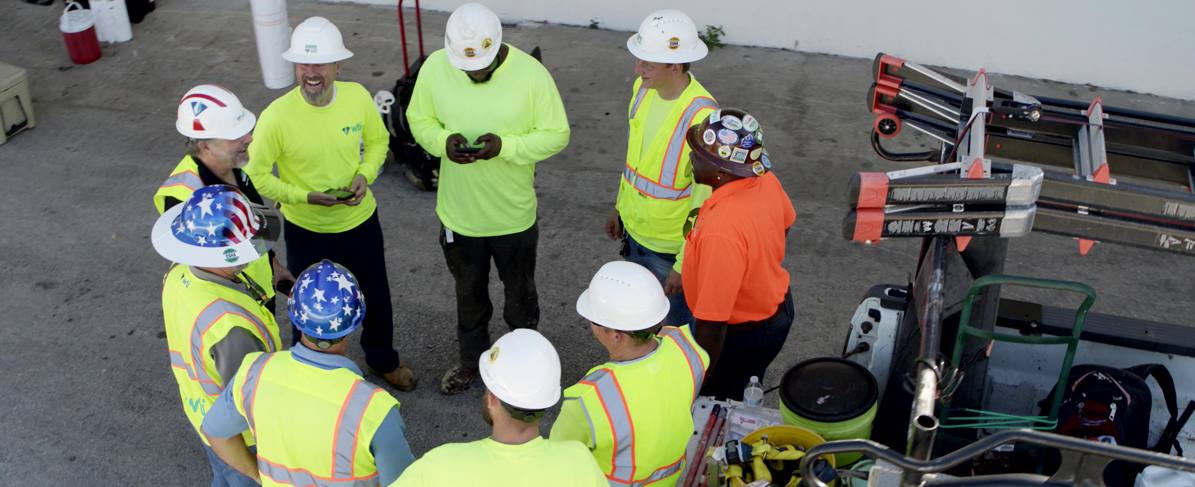When a project goes out to bid or negotiate, drawings may be only about 50-60% complete. Detailing may be indicated with intent. Yet, with any number of trades involved in these areas, how do know you are getting what you really need to deliver the performance you expect? We often hear, ”This is what we always do. My guys are good at that.” But is what they have always done sufficient to meet today’s performance requirements and to accommodate more complex designs?
1. If the pricing for critical detailing is extremely attractive, it might be too good to be true.
Contractor pricing for details that were not specified may be based on what has been done in the past and not necessarily what it will take to provide the performance you require.
Every project is different, so what is being quoted may not even work. The quality required for healthcare facilities, laboratories and data centers is a much higher standard of care and requires close inspection of all enclosure connections.
2. Involve your air and moisture management supplier at the design development stage.
This will help to ensure the appropriate solution (and application sequence) is specified while eliminating the potential for gaps or faulty guesswork down the line.
They should evaluate the application itself and assist with the generation of project specifications. When quality details are achieved early in design prior to establishment of the GMP (Guaranteed Maximum Price) on projects that are negotiated, this is what the contractor will price and what the construction team is likely to use when the project is constructed.
If the details are not in prior to GMP, pricing is based on the traditional unit pricing and may not be what a high-performance structure requires to perform as intended.
3. Look for verified performance.
Connections involving a variety of contractors typically will not be warranted by the manufacturer. Have the products been put to the test not just individually in a laboratory setting, but in conjunction with other products?
4. Determine accountability at critical connections, assemblies. Are the transitional elements part of the air barrier system?
Air barriers are only effective when designed as a holistic, continuous system. Simply specifying an air barrier membrane is not sufficient. Codes do not indicate how to achieve an air barrier system and the details are left up to interpretation at the jobsite.
If attention isn’t paid to the compatibility of the components within an air barrier system, a single sealant may be installed at a job site in all joint openings and in conjunction with all types of air barriers, moisture barriers and self-adhered membranes and flashings.
Providing the transitional elements as part of an integrated, tested, proven, single-sourced air barrier system allows confidence that the solution will perform as expected.
5. Select product suppliers capable of providing onsite support.
Specifying a preconstruction meeting with all the stakeholders prior to start of work is an important step to deliver an airtight, watertight building enclosure. Validated tested systems, adhesion and compatibly, sequence of installation coordination, environmental limitations are all important considerations that an experienced manufacturer can provide to support the design and construction team.






